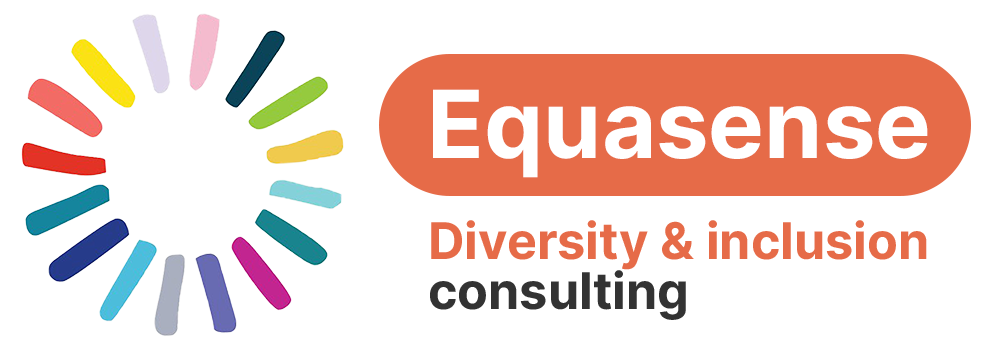It’s all about language today.
Number 5 on my list of #22WaysToBeConsciouslyInclusivein2022 is to think about language, and in particular language that assumes a particular gender or a binary view of gender. You might think that we have made progress here – I give you “chair or chairperson, firefighter, police-officer, assistant referee (instead of linesman)” and you would be right in some senses. However, in just the past day before writing this I saw an example of where an exam paper in a technical area had an overwhelming number of automatic “he”s when referring to the professional protagonist”, so it does still happen.
Gender assuming language is one of the areas where I’ve personally made a lot of effort to replace everyday phrases. (It helps that gender assumptions are one thing my kids love to pick us adults up on!) In many cases, once you start looking, you will find you don’t actually need to specify a gender. For example you can use someone’s occupation or role rather than using a pronoun, for example referring to “the engineer” or “the teacher”. If you do need to use a pronoun, usage of “they” in a singular context is becoming far more common. (If this still bothers you grammatically, have you ever been waiting for a delivery that is overdue and thought to yourself “where are they with my pizza/washing machine/coffee”? Almost certainly you aren’t expecting a group to turn up.)
The most common examples of less-than-inclusive language that I hear are mostly used when referring to groups of people. e.g. “guys”, “ladies and gentlemen”, “boys and girls” (although the latter is less common now). In these cases you could use “everyone”, “folks”, “children”, “people” for example. Want to know more? Just search for the words “inclusive language” in LinkedIn posts and you’ll find lots of opportunities to learn more.


Recent Comments